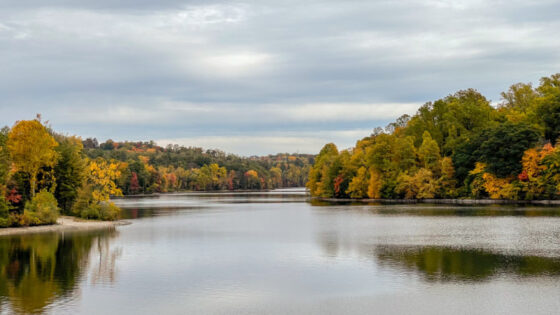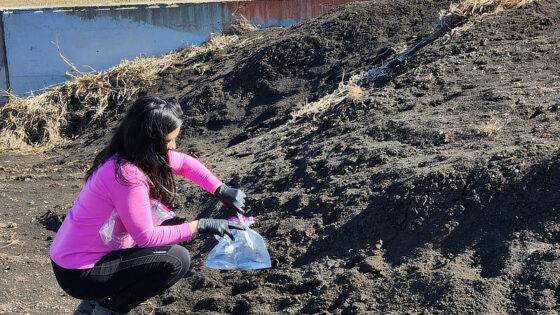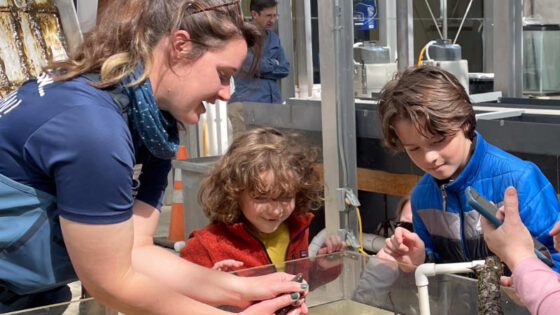Oviedo-Vargas, D., M. Peipoch, S.H. Ensign, D. Bressler, D.B. Arscott, and J.K. Jackson. 2024. Frontiers in Ecology and the Environment 22(6): e2748.
Permalink/DOI (Open access)
Abstract
Autonomous sensor networks providing real-time data are growing in popularity with community scientists due to instant availability of high-frequency data. What role does this monitoring play in watershed assessment alongside agency-run monitoring programs? How accessible, interoperable, and reusable are the data for other researchers? We compared a community science-led stream monitoring network — EnviroDIY — in the Delaware River Basin, in which more than 50 watershed organizations have deployed more than 100 stations monitoring temperature, electric conductivity, depth, and sometimes turbidity, with the Basin’s US Geological Survey (USGS) stream gauge network. The EnviroDIY network (n = 124) complemented the USGS network (n = 102) by monitoring sites with different watershed sizes and land-use distributions. Although data were accessible and interoperable using a web data portal, community scientists had difficulty sharing metadata that would enable data reuse outside this project and they required support analyzing these large datasets to understand threats to watershed conditions. We address those needs here with a conceptual framework for interpreting data and communicating results.



